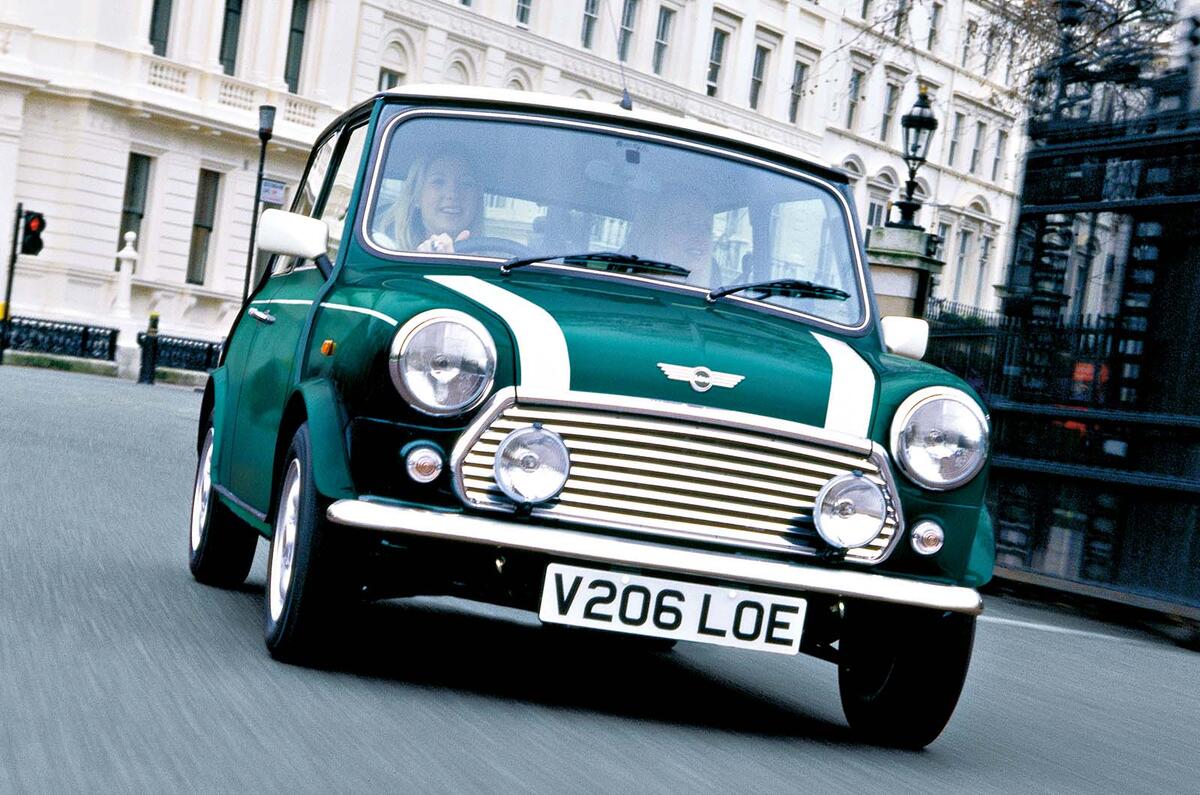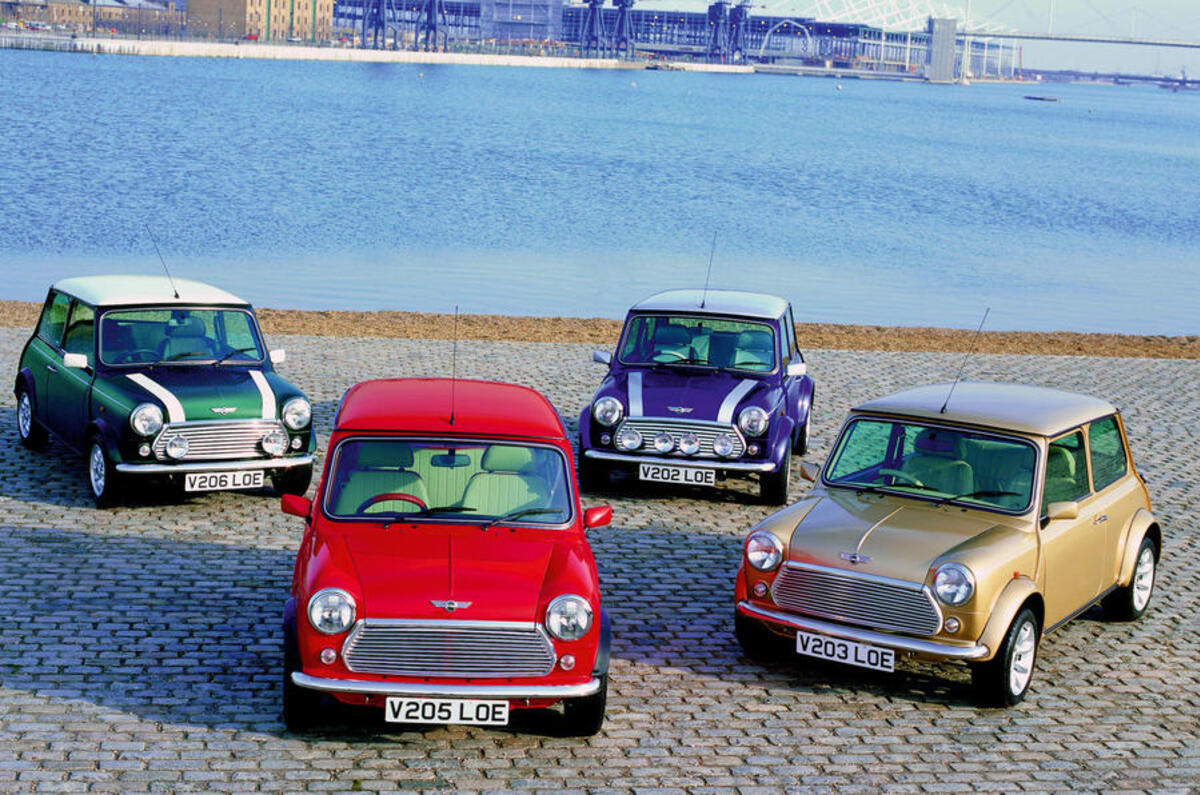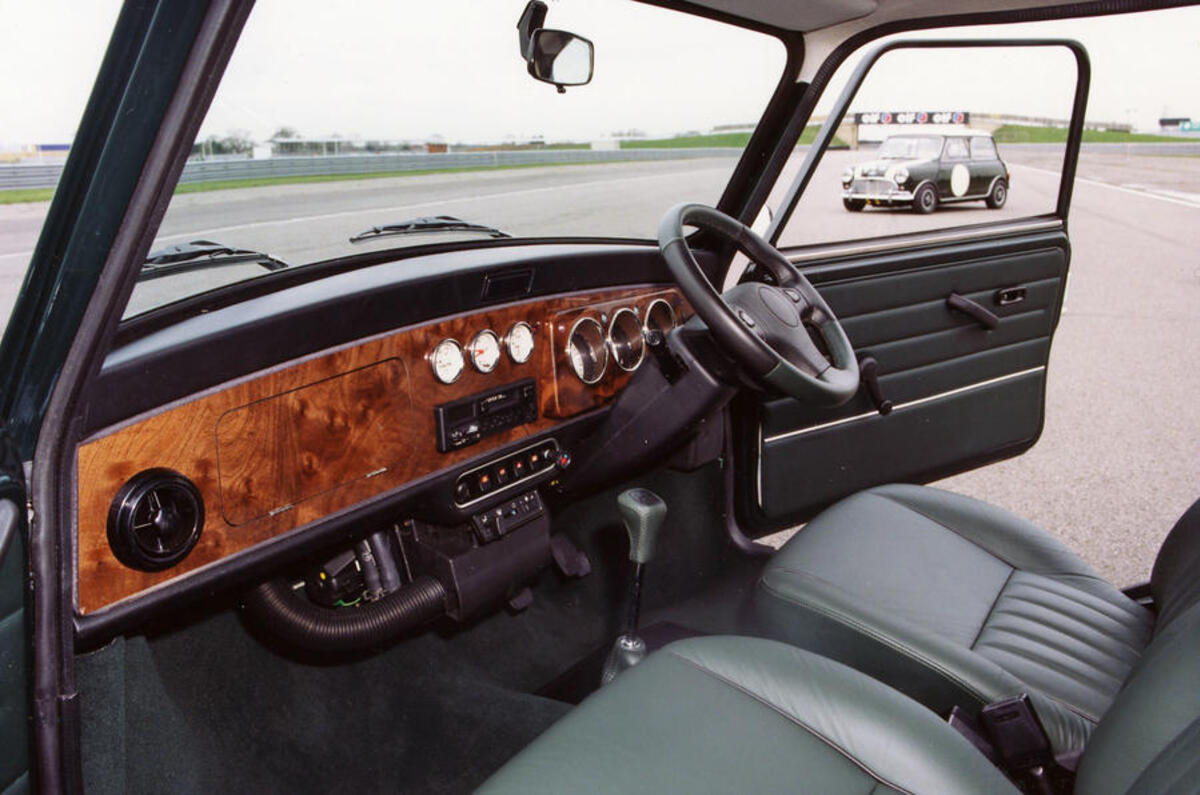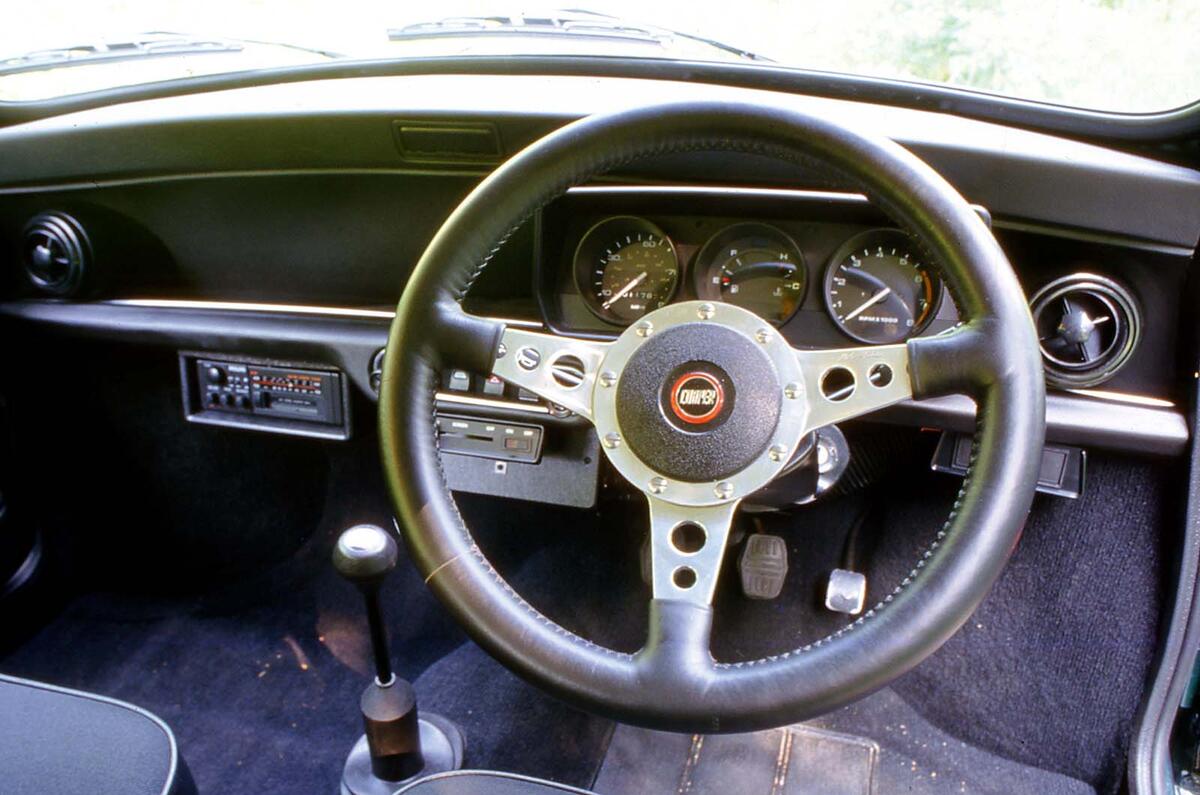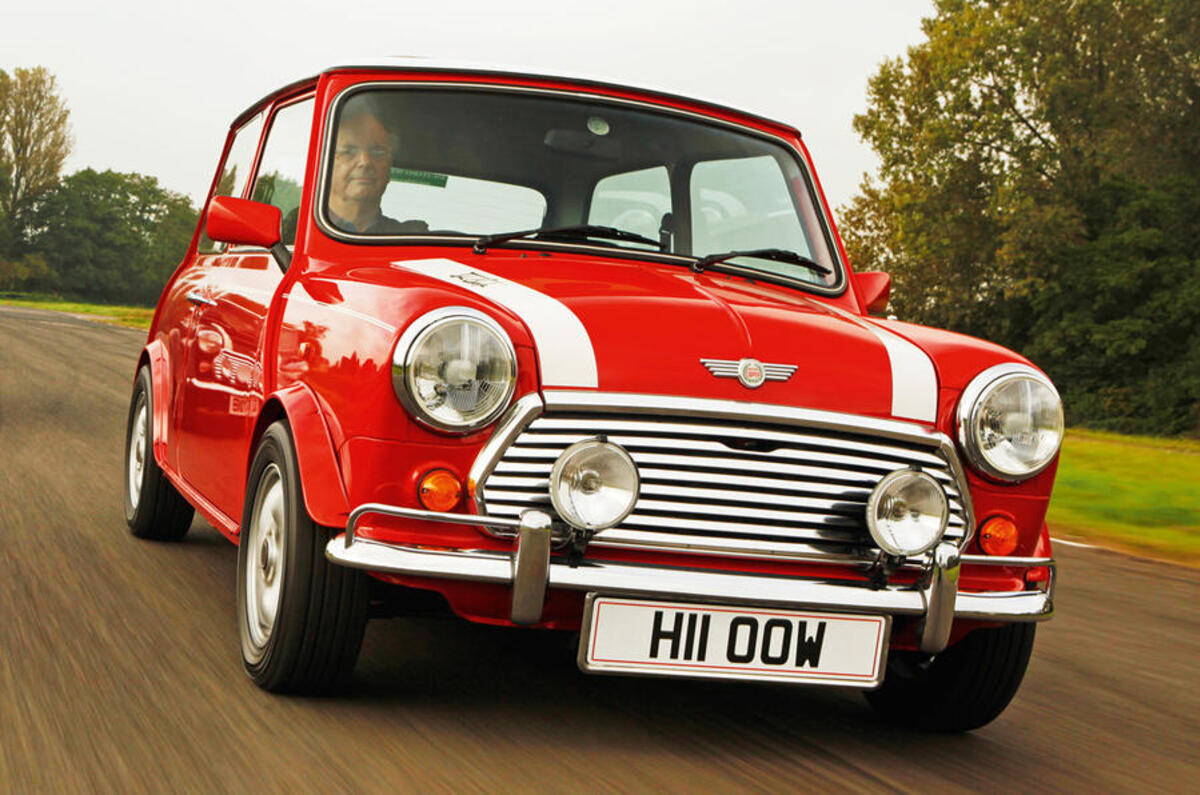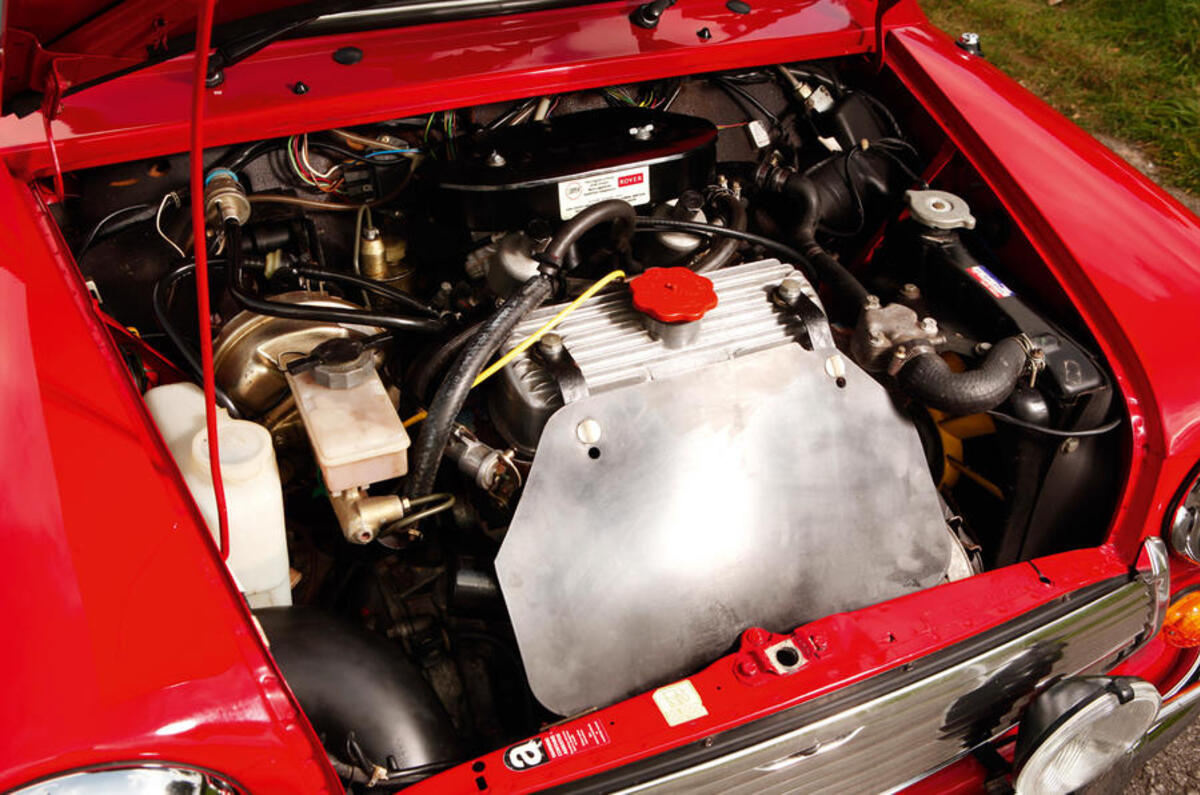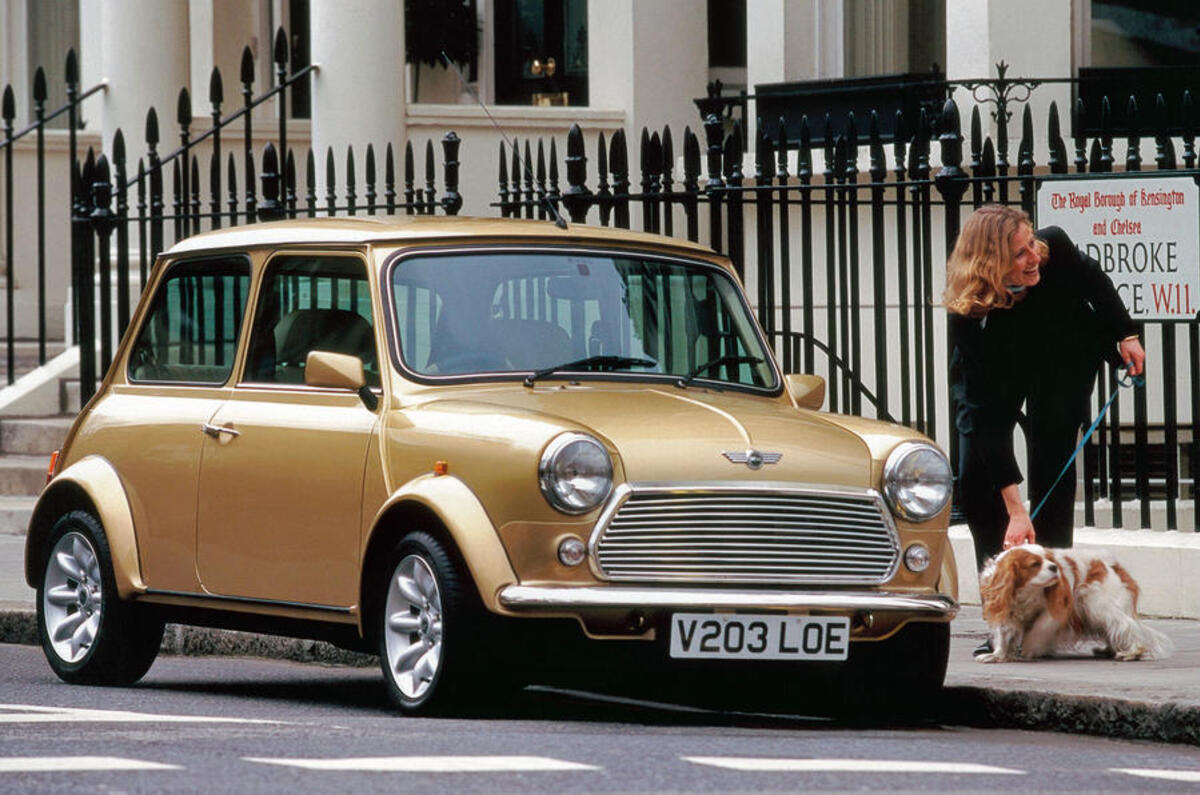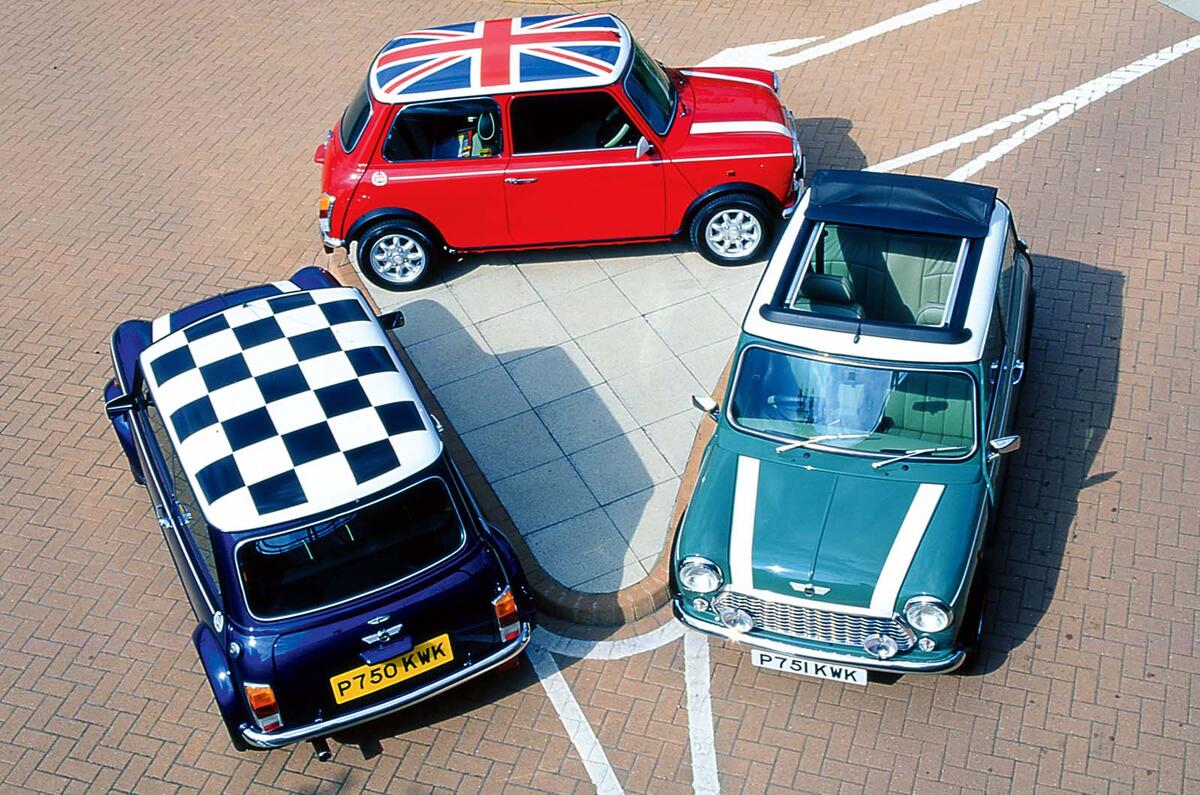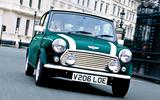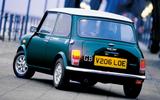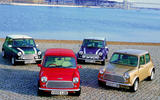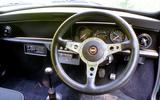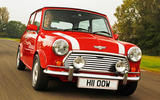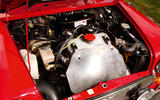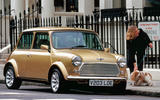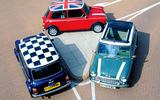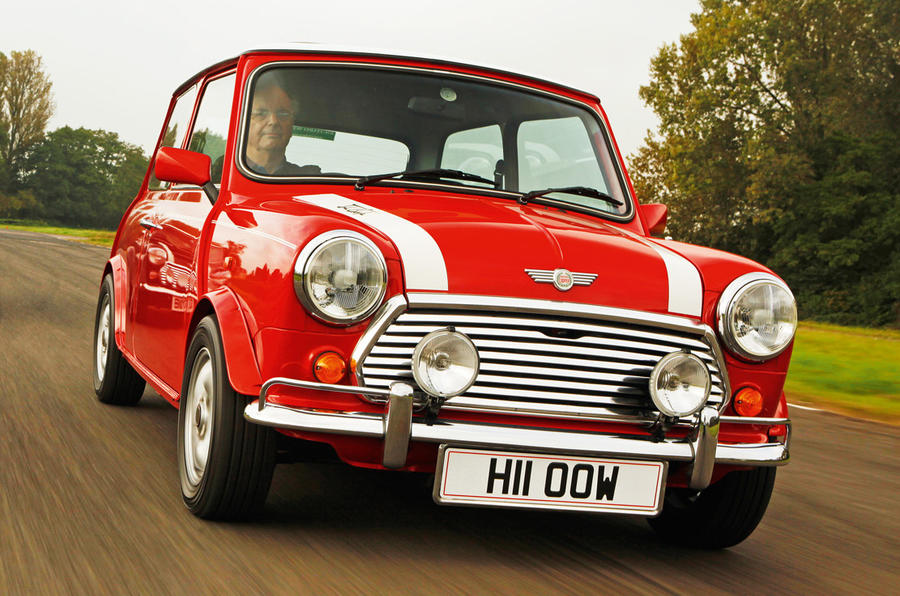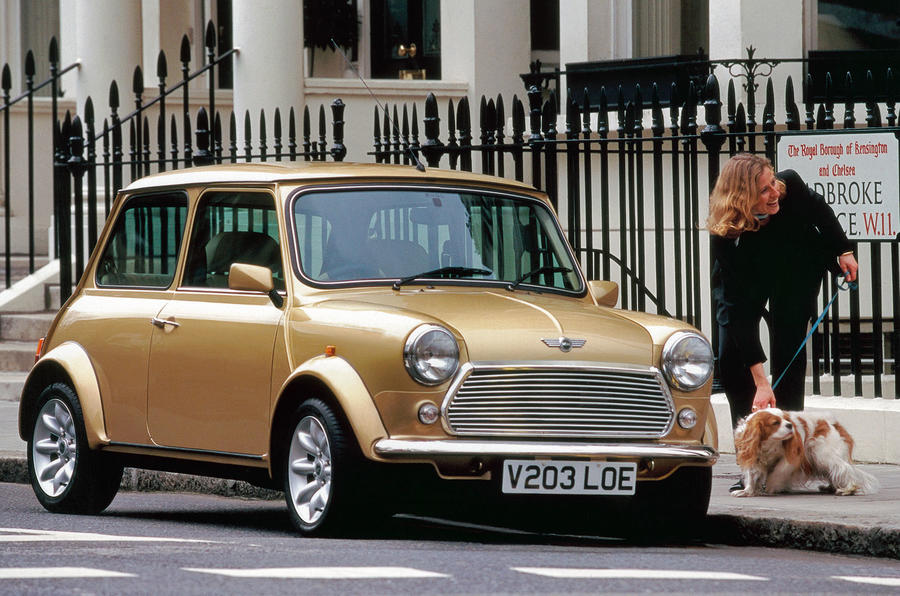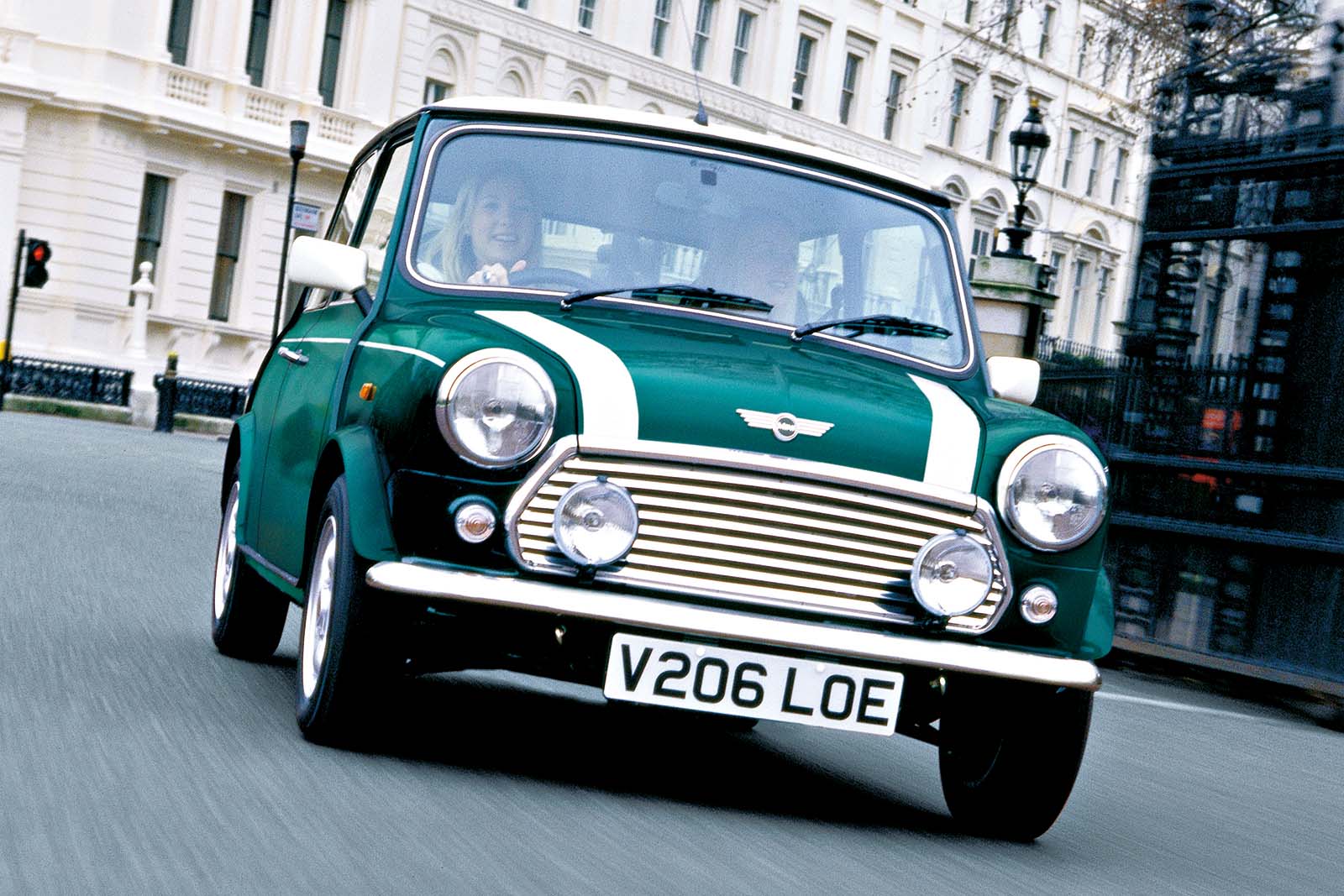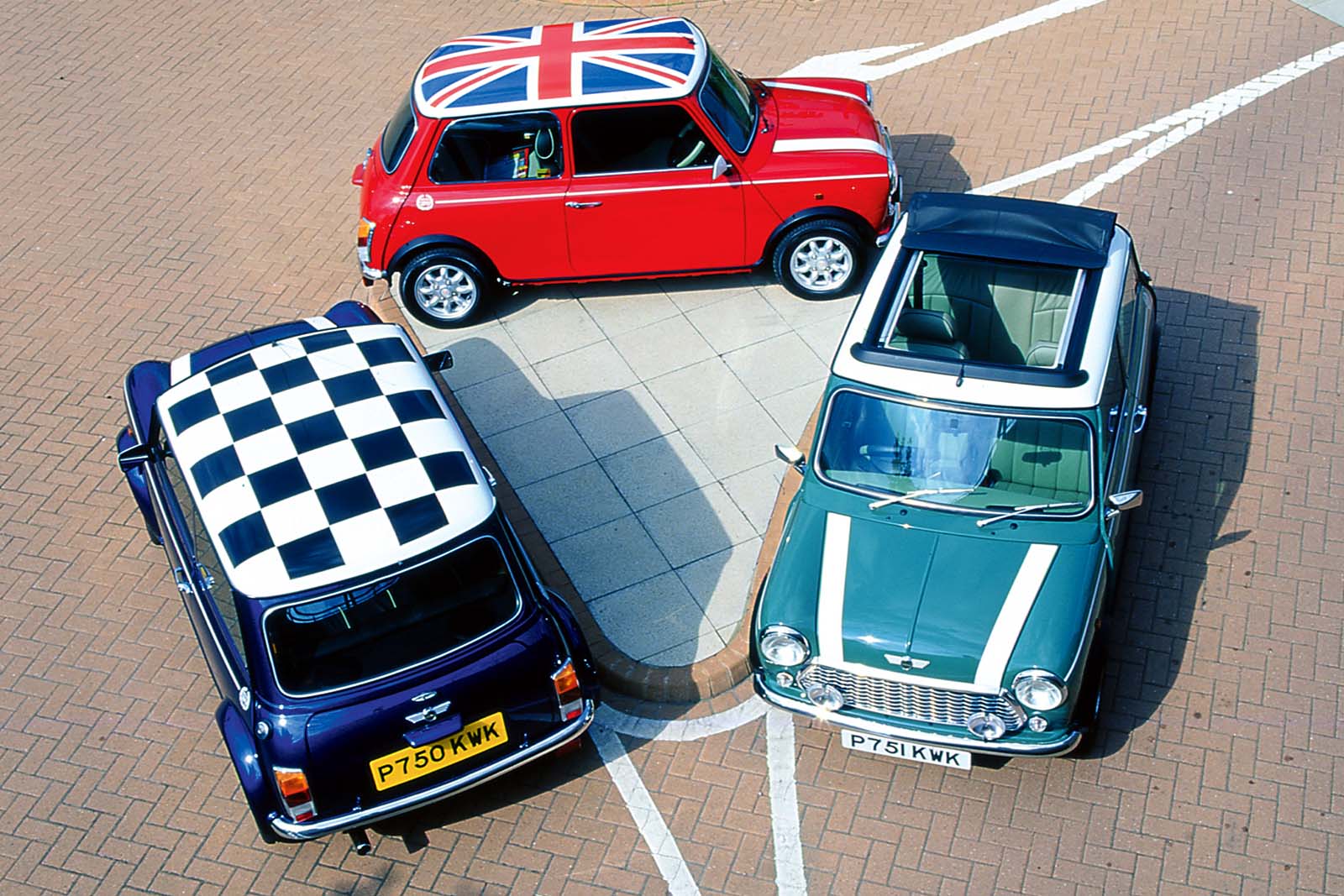Is the Rover Mini reliable?
Minis of this generation have the ability to soldier on even when something isn't quite right, with failure normally occurring when an ancillary part gives up the ghost. This is a generalisation but something that many owners have experienced.
It might be worth totting up on how to service and/or repair them yourself, given that they're mechanically quite simple and it will vastly reduce your chances of becoming stranded.
There are, however, more obvious things which you should be aware of before you buy. Let's run through them:
Engine: Check for oil leaks. Worn seals or gaskets are an issue, so make sure that regular oil checks have been done. Budget around £200 to fix any leaking seals or gaskets. Some owners report cars cutting out when declutching to change gear. This could be just a poor connection between the alternator and battery, or it could be a fuel system blockage. Alternatively, check the battery has a decent level of charge: it can run out and shut the engine down.
Engine mounts can rust or loosen, leading to rough running and vibrations through the gearstick and clutch pedal when idling or accelerating. Make sure the car revs smoothly, ideally on a test drive to check it’s behaving normally.
Brakes: Be watchful for seized brake pistons and calipers. If the car pulls to one side or squeals excessively under braking, this could be the issue. Check there isn’t too much pedal travel before the brakes engage. Also check it’s not a hydraulic pressure-related issue. Stamp on the pedal and make sure it goes all the way to the floor: if it doesn’t, it’s likely to do with the brake’s mechanicals.
Electrics: Cables feeding the stereo, starter motor and headlights can become chafed over time, making the car basically undrivable if all were to fail at once. Before buying, ask (or if you’ve bought one, check) whether they’re in good working condition; they sit behind the stereo.
Body: The thin steel used in the Rover Mini’s construction rusted more than that of other Mini generations. Check the front and rear subframes, door sills, A-pillar, scuttle, fuel filler cap and bumpers and under the floor mats. Moisture gathers under the headlights, which doesn’t help. Keep a close eye out for bubbling paintwork. Forums are awash with owners flagging this, and it usually happens after a careless respray; either that or water has found its way under the paint itself. A specialist can touch it up: budget around £1200, depending on the size of the area.
Interior: Inspect the cabin for signs of water ingress. It can come in through the doors and around the B-pillars, due to cracked or poorly fitted seals. Sunroof seals can also fail.
An owner's view
Neil Burgess: “Minis are incredibly addictive! Mine is a 1993 Cooper, quicksilver with a black roof. I bought it in 1997 as a stolen-recovered car which had been stripped out. I turned it into my first competition car, mostly for racing but also to rally. The standard single-point injection engine proved competitive, and Corgi even made a model of it! I still own the car – Purdey – and she is a loved member of the family, retired from her track days.”
Also worth knowing
There are many special editions. For example, the British Open Classic came in British Racing Green with a sunroof, full-length Webasto roof and half-leather/houndstooth seats. The Sprite-based 35 had electrically adjustable headlights, opening rear windows, a silver coachline and blue, red or white paint. And the Cooper S-based 40 got gold or black badging, alloy dash trim and twin spotlights.



